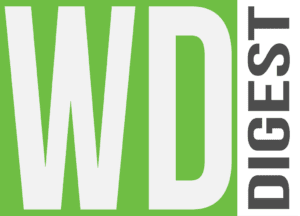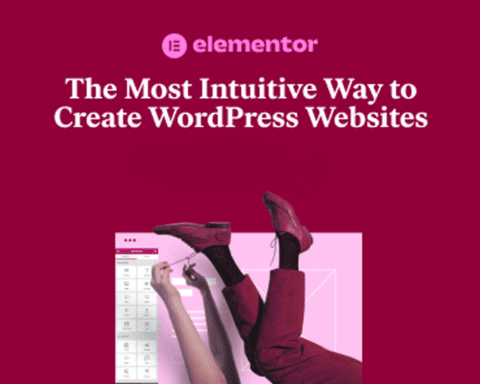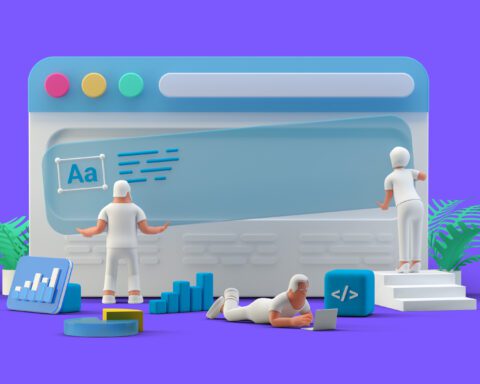Ensuring website accessibility isn’t just a kind gesture—it’s a crucial aspect of effective web design and search engine optimization (SEO). With billions of internet users worldwide, your site needs to cater to the varying needs and abilities of all potential visitors. But how can you ensure that your site ticks all the boxes of accessibility? In this article we will go through the google lighthouse accessibility tools that can help your site tick these boxes.
Enter Google Lighthouse, a powerful, open-source tool that provides automated auditing, performance metrics, and best practices for web development. Besides performance and SEO checks, Lighthouse’s accessibility audits are a game-changer in making websites more user-friendly. Whether you’re looking to enhance user experience, improve your site’s reputation, or boost your Google rankings, mastering accessibility with Google Lighthouse can be your golden ticket.
This comprehensive guide will equip you with the knowledge and techniques needed to use Google Lighthouse for accessibility, making your site inclusive and optimized for all. From understanding website accessibility and Google Lighthouse basics, to implementing Lighthouse’s recommendations, and analyzing real-world examples, we’ve got you covered. Let’s embark on this journey towards a more accessible web.
Understanding Website Accessibility
Website accessibility is a critical facet of web design and development that ensures the broadest possible audience can interact with your site. It refers to the creation of websites that cater to users with a variety of abilities, including visual, auditory, physical, speech, cognitive, and neurological disabilities.
By prioritizing website accessibility, you align with the Web Content Accessibility Guidelines (WCAG) and the American Disabilities Act (ADA), enhancing user experience while also avoiding potential legal ramifications. More than a compliance issue, accessible design boosts SEO efforts, as search engines like Google value websites that cater to all users.
Web accessibility involves diverse components, such as alt text for images, closed captions for videos, and easy-to-read fonts. But how can you measure your site’s accessibility and improve it? This is where Google Lighthouse, a free tool from Google, comes into play. Lighthouse offers robust insights into your website’s accessibility, helping you pinpoint areas for improvement and make your site more inclusive and user-friendly.
An Overview of Google Lighthouse
Google Lighthouse is an automated tool for improving the quality of web pages. It has audits for performance, accessibility, progressive web apps, SEO, and more. The “Accessibility” section of Google Lighthouse provides a comprehensive analysis of how well your website meets established accessibility standards.
To use Google Lighthouse for an accessibility audit, simply open the developer tools in Google Chrome, select the Lighthouse tab, check the “Accessibility” box, and click “Generate report”. Within seconds, Lighthouse will generate a detailed report providing a score between 0-100, where a higher score indicates better accessibility.
This report doesn’t just deliver a score; it presents actionable recommendations to improve website accessibility. Each recommendation is linked to a specific WCAG guideline, helping you understand and apply these standards effectively. For instance, if your images lack alt text, Lighthouse will flag this and suggest the addition of appropriate alt text.
By leveraging Google Lighthouse’s accessibility auditing, you take a significant step towards making your website more inclusive, fostering better user experiences, and improving your site’s visibility in search engines. By prioritizing accessibility, your website becomes more usable and appealing to a broader audience, thereby increasing your site’s potential for traffic and engagement.
Using Google Lighthouse for Accessibility
The digital world is swiftly moving towards inclusivity, and so should you. Websites that ignore accessibility guidelines risk not only legal issues but also miss out on a potential 15% of global users with some form of disability. As an essential tool in accessibility auditing, Google Lighthouse helps businesses to make the necessary changes to their websites to meet all users’ needs.
Google Lighthouse provides an Accessibility score which represents how accessible your website is to all users. This score is based on successful audits and the weights of those audits. High-impact audits cause bigger score differences. The scoring scale is between 0 and 100, with 0 being the least accessible.
Every failed audit has an ‘Impact’ and ‘Description’ section. The ‘Impact’ section describes how much that issue affects your score, and the ‘Description’ provides details about the problem and how to fix it. Google Lighthouse even links each issue to relevant WCAG guidelines to help you understand what needs to be changed.
Implementing Google Lighthouse’s accessibility recommendations can significantly improve the user experience of your website for everyone. From improving the color contrast for better visibility to adding alt text for images, every small change will make a substantial difference in making the web a more inclusive place for all.
Understanding Your Lighthouse Accessibility Report
Once you’ve run a Google Lighthouse accessibility audit, the next step is to interpret the findings and make meaningful changes to your website. Understanding your Lighthouse Accessibility report is integral to this process.
The report offers a comprehensive assessment of your website’s accessibility, giving it a score between 0 and 100. This score represents the proportion of accessibility checks passed by your website – a score of 100 means your site meets all of Lighthouse’s accessibility criteria.
The report also details each failed audit under the ‘Failing Aspects’ section, listing out the issues that are negatively impacting your site’s accessibility score. This can include elements like text readability, missing alt attributes for images, or lack of keyboard accessibility.
Each failing aspect is also tagged with an ‘impact’ score – high, medium, or low – which indicates the severity of the issue and its impact on overall accessibility. Furthermore, each issue comes with a description and a link to a detailed explanation, providing clear guidance on what the problem is and how you can fix it.
Understanding this report and its components allows you to get a clear snapshot of your site’s accessibility status and provides a roadmap for making necessary improvements. By acting on the recommendations provided by Google Lighthouse, you can significantly enhance your site’s accessibility, improve user experience, and ultimately drive more traffic to your site.
Lighthouse Recommendations
Optimizing your website’s accessibility isn’t just about identifying the issues – it’s about taking the necessary steps to fix them. Google Lighthouse doesn’t leave you hanging once it’s identified the problems; instead, it offers actionable recommendations to guide you in enhancing your site’s accessibility.
Each failing aspect in your Lighthouse Accessibility report comes with a link to a detailed explanation of the issue and how to fix it. For example, if your site is missing alt text for images, Lighthouse will recommend adding this crucial feature to enhance accessibility for visually impaired users. Similarly, if there are contrast issues, Lighthouse will suggest adjusting color schemes to ensure text is readable.
Additionally, Lighthouse encourages adherence to WCAG (Web Content Accessibility Guidelines), an internationally recognized set of guidelines that aim to make web content more accessible. These guidelines offer a deep reservoir of advice for improving accessibility across various facets of web development.
Google Lighthouse also integrates with Chrome DevTools, allowing you to re-run tests after making the recommended changes, thereby providing instant feedback on your improvement efforts.
Remember, improving accessibility is a process, not a one-time fix. Regularly conducting Lighthouse audits and acting upon its recommendations will ensure that your site remains accessible and inclusive, creating a better user experience for everyone while positively impacting your search engine rankings.
Conclusion
As we draw our exploration of Google Lighthouse and web accessibility to a close, it’s essential to reiterate the necessity of making the digital world accessible to all users. With an ever-increasing portion of our lives unfolding online, the need for digital inclusivity has never been more vital.
Lighthouse is a powerful tool in your accessibility toolkit, offering both a detailed audit of your website’s current state and actionable recommendations for improvement. It bridges the gap between identifying issues and providing solutions, making it an invaluable resource for developers and website owners.
Yet, it’s crucial to remember that tools like Lighthouse are facilitators in your accessibility journey – the real work lies in your commitment to continually test, improve, and maintain your website’s accessibility. Embrace the ethos of accessibility as an integral part of your web design and development strategy, not as an afterthought.
In doing so, you’re not only improving your website’s SEO performance but also making a significant contribution towards a more inclusive internet. By leveraging Lighthouse’s insights, we can create websites that are truly for everyone, enhancing user experience while promoting digital equality.





